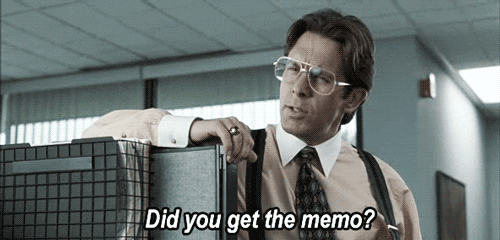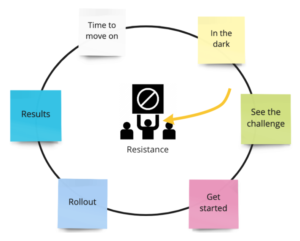I recently started offering a limited number of free introductory coaching calls to people who are interested in learning more about business coaching and what it might be like for us to work together.
Many of these folks are successful business owners who want to grow their companies but feel like they can barely keep up with the volume and complexity of work they have right now.
Others are professionals, like lawyers, who see their industry changing and want to figure out how to build a practice that will remain relevant for years to come.
But I also talk with new business owners, some of whom have lost their jobs amidst the COVID-19 pandemic and have had to make drastic shifts in their lives and in how they see their place in the world.
I recently had a call with a prospective client who was struggling to get her new accounting business off the ground. While we won’t end up working together long-term, our conversation brought me a deep feeling of connection.
Some of her challenges were unique to her situation and her practice. But a lot of what we discussed was fear — something I’m familiar with.
Fear that she wasn’t good enough.
Fear that she couldn’t do it.
Fear that she was foolish for trying to follow her own course.
One way she experienced fear was as a voice in her head. She likened the fear voice to an “ex who doesn’t want you to feel good enough on your own.”
“But I know I can do it,” she told me. “I know that if I can push through my fear, I can start my business and be successful.”
I paused. Her comment really hit me.
I took a moment to connect with my own fear, and I realized how present it is for me.
I also realized that I’ve learned that I don’t need to push through my fear, as she suggested. I don’t need to force it away.
I’m still able to move forward — not because I’ve gotten rid of my fear, but because I’ve made friends with it.
Here is a sampling of my fears:
I’m afraid that I won’t make enough money and that I won’t be able to balance my roles as a leader, a father, a romantic partner.
I’m afraid that I won’t be as effective with clients as I want to be, that I won’t be useful, and that I won’t be asked back to do more work.
I’m afraid that I won’t have an impact on the world, that my ideas won’t help make things better.
Ironically, I’m also afraid that I’ll stand out and that not fitting in will lead to rejection.
Your fears are probably different from mine; our fears are our own. But I suspect that there is something nearly universal about fear itself.
Fear is uncomfortable and hard to sit with. Our instincts are to stay safe by moving away from it.
And therein lies the rub: even when we ignore fear, it’s still there. All we’ve done is put it in the driver’s seat.
Fear is crafty; it can alter our behavior, making us change our plans or lower our ambitions without us even noticing that we’ve limited ourselves. It can make us shy away from risks and avoid activities — like business development or *gasp* writing — that we know will help us widen our reach.
After my book Meltdown was published, I was reluctant to write things on a regular basis (such as, say, this newsletter!). I did write op-eds and think pieces, but I wasn’t writing about what, deep down, I knew I wanted to write about.
I was trapped in a fear loop. On the one hand, I was afraid of the judgmental part of me that decried “imperfect” work. On the other hand, I was afraid that I was becoming irrelevant; not writing gave ammunition to that judgmental part.
I was stuck.
But no more.
Often the things we fear are precisely the things that we need to do to move toward. I was afraid of writing. That’s because it was exactly what I needed to be doing, exactly how I needed to be engaging with the world.
Or take the example of my fabulous newsletter editor. She recently told me that she’s procrastinated for years on setting up her website. She’s afraid — of getting it wrong, of having to learn new technology, of being out there. But she also realized that her fear is a guidepost to how she wants to move forward — and it’s now part of her objectives this quarter.
And this is what I invited my client to see: it’s not about overcoming fear or using willpower to make ourselves do something that we don’t want to do. It’s about listening to and respecting our fear, knowing that it wants to keep us safe… when what we really need to do to grow is take a risk.
Whether it’s searching for a job that will meet a deep need that we have, starting a business, or working with a therapist or coach to walk the path of growth and discovery, you don’t have to overcome your fear, you just can’t run from it.
The good news is that sitting with fear is a skill, one that you can develop by yourself, with your colleagues, with a friend or romantic partner, or with the help of someone like a therapist or a coach. Developing the ability to sit with fear can dramatically alter your trajectory in life — I have seen firsthand how it opens up areas of prosperity, success, and health, and how it deepens relationships beyond what I’d ever imagined.
What about you? Are you ready to sit with your fear?
*Click here to learn more about booking a free coaching session.



 Credit:
Credit: 